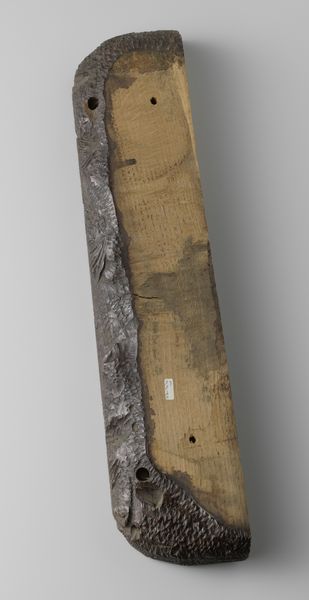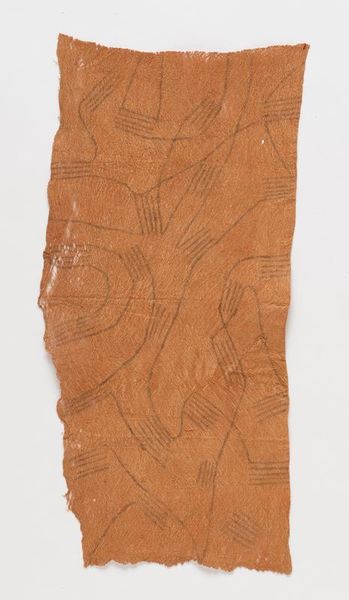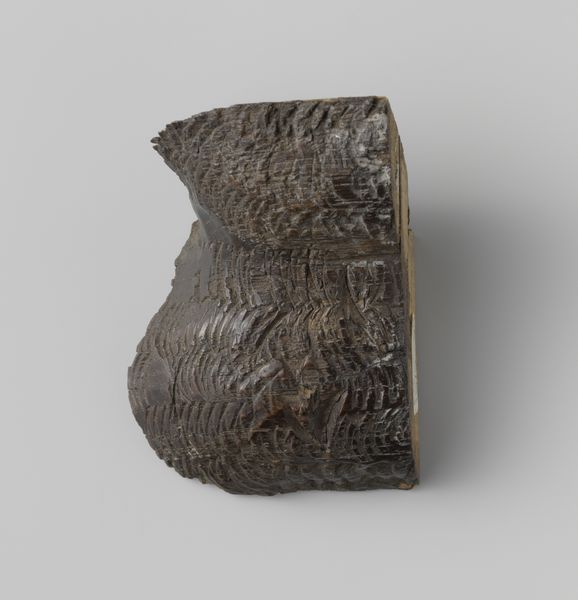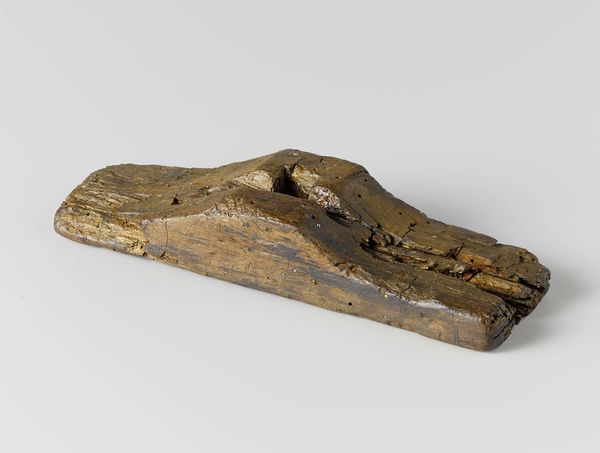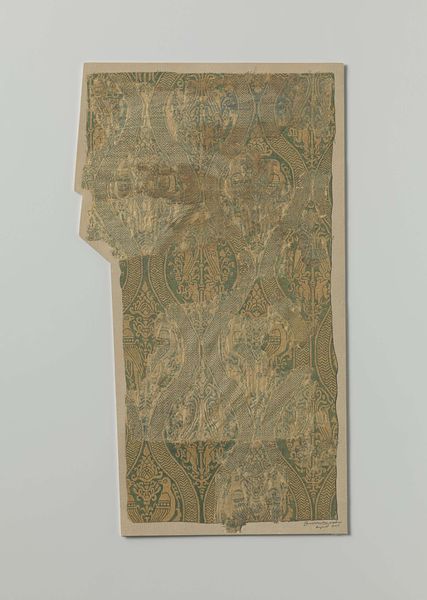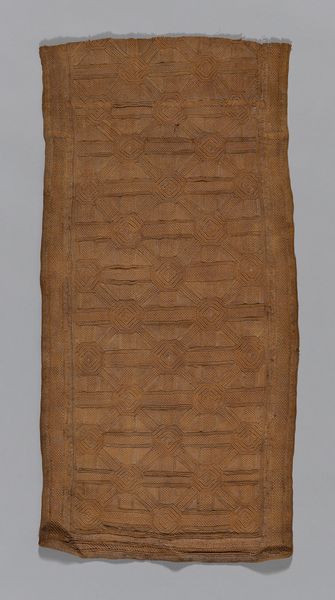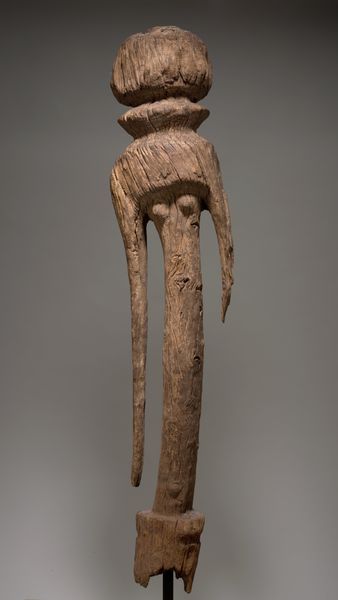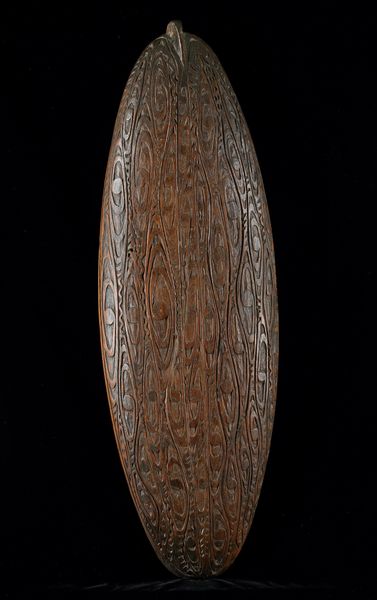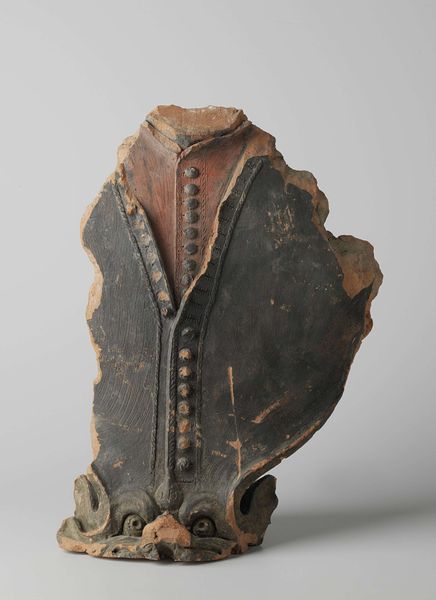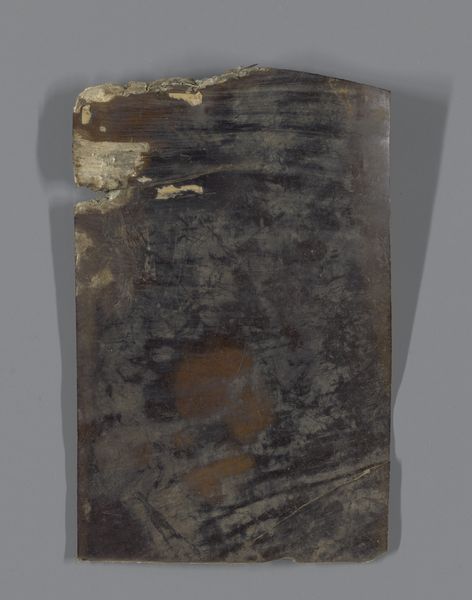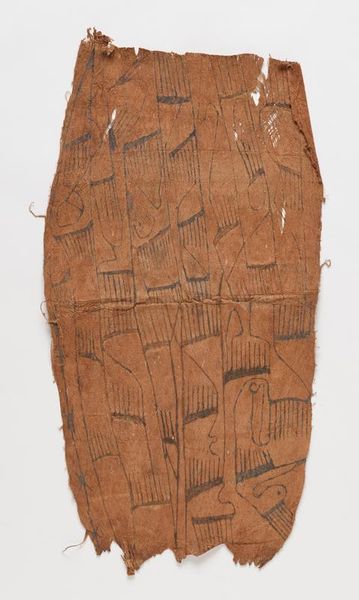
carving, wood
#
medieval
#
carving
#
gothic
#
wood
Dimensions: height 6.5 cm, width 14.5 cm, thickness 3 cm
Copyright: Rijks Museum: Open Domain
This fragment of a crucifixion scene was carved in wood, likely around the late 15th century, by the workshop of Adriaen van Wesel in the Northern Netherlands. Religious imagery was pervasive in Northern Europe at this time, powerfully shaping social life. The Church served as a major commissioner of art, with carved altarpieces like this playing a key role in religious devotion. The fragment’s small size hints at the larger scale of the original altarpiece, which would have served as a focal point for prayer and contemplation in a church setting. While the specific social commentary of this fragment is difficult to ascertain, its existence speaks to the importance of religious art in shaping the cultural landscape of the time. The emotional impact of the crucifixion would have reinforced the power of the Church. To understand the cultural forces behind this work, we need to look at church records, artists’ contracts, and devotional literature of the period. It’s through this research that we can understand the full meaning of this fragment.
Comments
No comments
Be the first to comment and join the conversation on the ultimate creative platform.
